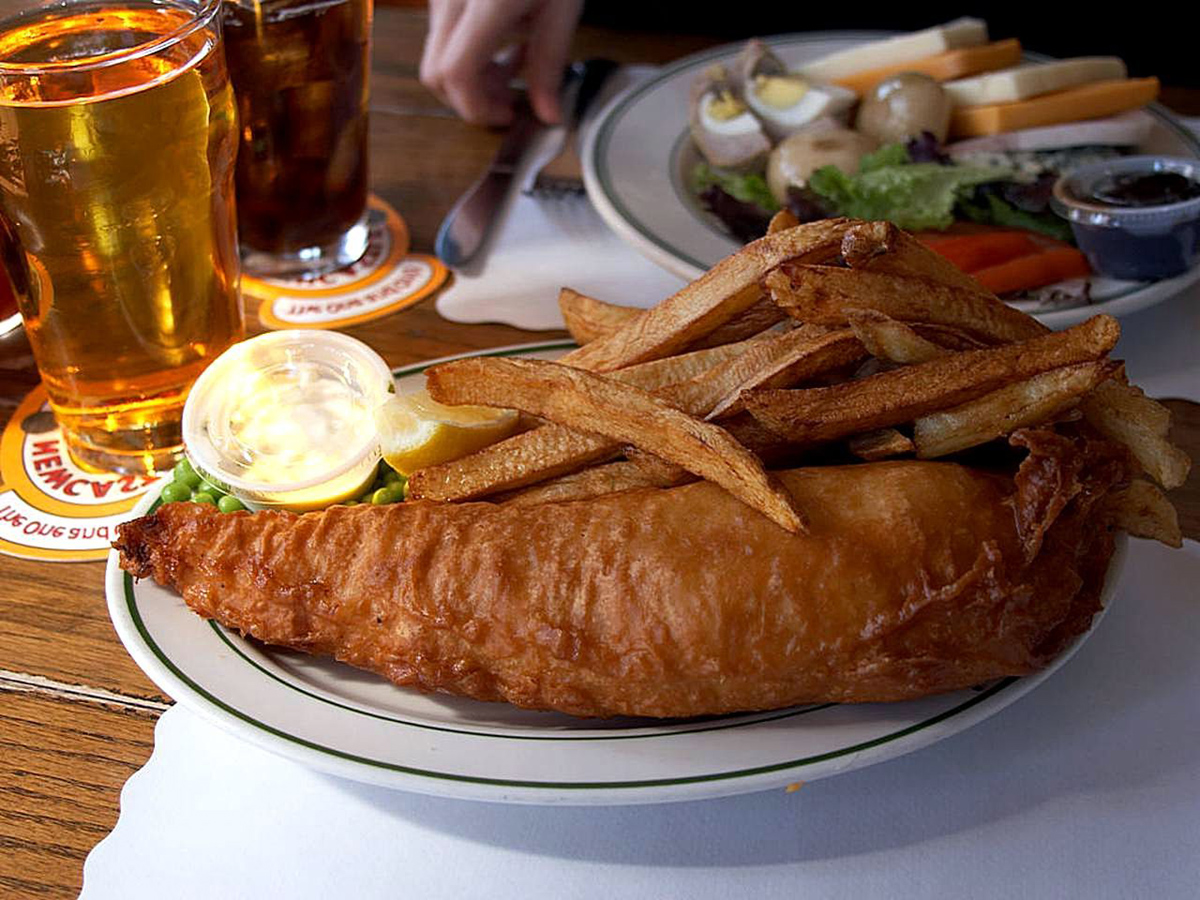
The word “cholesterol” is generally used in a negative connotation, as something that is not good for the health. People monitor their cholesterol levels and try to lower them through diet and medication. However, there are two different kinds of cholesterol, HDL and LDL, and only LDL is considered to be bad, while HDL is often referred to as the “good” cholesterol. Taking care of cholesterol in fact means lowering the LDL and increasing the HDL levels.
About cholesterol
Cholesterol is a soft, waxy substance naturally found in the human body, where it helps the body produce hormones and cell membranes. There are two types of cholesterol: Low Density Lipoprotein or LDL and High Density Lipoprotein or HDL. LDL is called “bad” cholesterol, while HDL is considered “good”.
HDL is called good cholesterol because it prevents the buildup of LDL in the arteries and diseases related to it.
As for the cholesterol score, the amount of it should be less than 200 milligrams per deciliter of blood. For good cholesterol the ratio should be 60 milligrams per deciliter, and anything below 40 milligrams per deciliter is considered dangerous for the health.
Sources of good cholesterol
Both types of cholesterol levels in the blood depend on the diet. The key for good health is to lower the intake of foods that contain LDL and to increase the intake of those rich in HDL.
Onions are very beneficial for good cholesterol ratio. Including onions in the everyday diet is not only going to increase HDL, but it will also purify the body. Garlic is also highly recommended.
Fish is the best natural source of omega-3 essential fatty acids, which are very important for maintaining proper levels of LDL. Fatty fish like salmon, sardines and tuna should be included in the diet at least three times a week. Fish oil is also recommended, and for those who cannot eat fish or fish oil, there are always omega-3 supplements.
Eggs are often thought to be harmful for health, but the fact is that eating them in moderation helps increase HDL levels.
Drinking plenty of orange juice is another great way to boost good cholesterol. It hydrates the body cells, enhances fluidity and thus increases the HDL levels.
Cocoa is another excellent source of good cholesterol, and it is also rich in antioxidants. It is recommended to drink half a cup of cocoa for at least 12 weeks, which will increase HDL levels by 25%.
Soluble fibers are very important too. The best food sources of fiber are legumes, soy, peas, oat bran, green vegetables and fresh fruit.
Good cholesterol can also be increased by using cold pressed oils for cooking, like extra virgin olive oil, flaxseed oil, canola oil, safflower oil, sunflower oil and others.


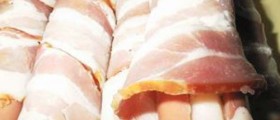
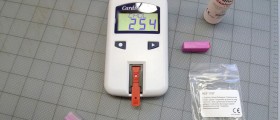
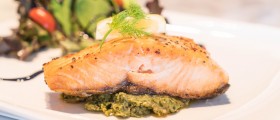





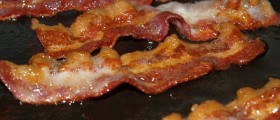
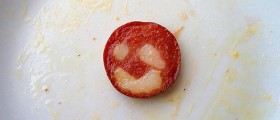
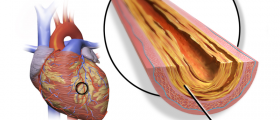
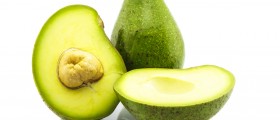
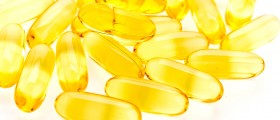


Your thoughts on this
Loading...